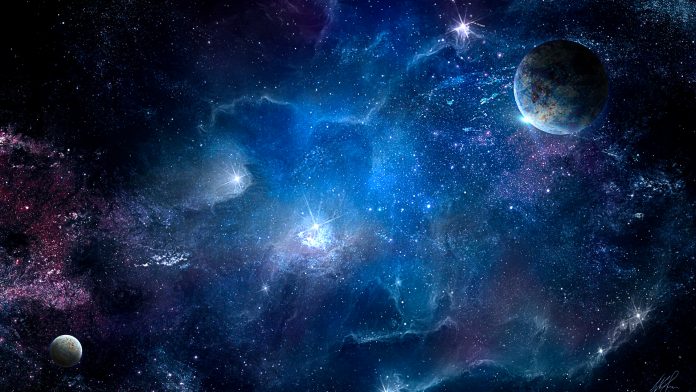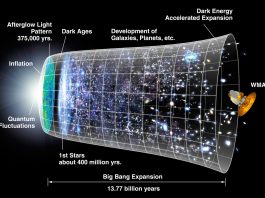Astrophysicists have conducted the first major survey of distant star systems and challenged our understanding of the evolution of galaxies.
Around 12 billion years ago, the galaxies in our Universe suddenly grew. Astrophysicists from the Alpine project aim to shed light on the evolution of galaxies and the events that occurred in this time period by carrying out the first major survey of distant galaxies using ESO’s ALMA telescope.
The set of galaxies observed by the team were initially believed to be at the beginning of their lives, however, the study revealed that they were much more evolved than expected. This work is the subject of a series of articles in the journal Astronomy & Astrophysics on 27 October 2020.
Galaxies began to form very early in the history of the Universe. To study their infancy, astrophysicists must observe distant galaxies as the light travelling from these regions is billions of years old.
The Alpine project studied the period between 1 and 1.5 billion years after the Big Bang when the first galaxies experienced a growth spurt. Images of 118 massive galaxies, obtained with the Hubble (in visible light), Spitzer (in the near-infrared) space telescopes, the Very Large Telescope, and Keck terrestrial telescopes were completed by 70 hours of observation with ALMA.
The tools used in this experiment make it possible to quantify dust, a sign of maturity for galaxies and cold gas, and provide information on their growth rate and the number of stars they can form, as well as the movement of this gas.
The galaxies observed were rich in cold gas – fuel for star formation – but also in the dust, which is considered to be a by-product of stars at the end of their life. Despite their young age, these galaxies have therefore already formed and seen the death of the first generation of stars.
The galaxies also have surprisingly varied shapes: some are disordered, others already have a spinning disc which will perhaps lead to a spiral structure, similar to the Milky Way, and finally, others have been observed in the process of merging. The team also found that some galaxies eject gas, forming mysterious halos around them. This survey, therefore, raises several new questions about the early evolution of galaxies.









